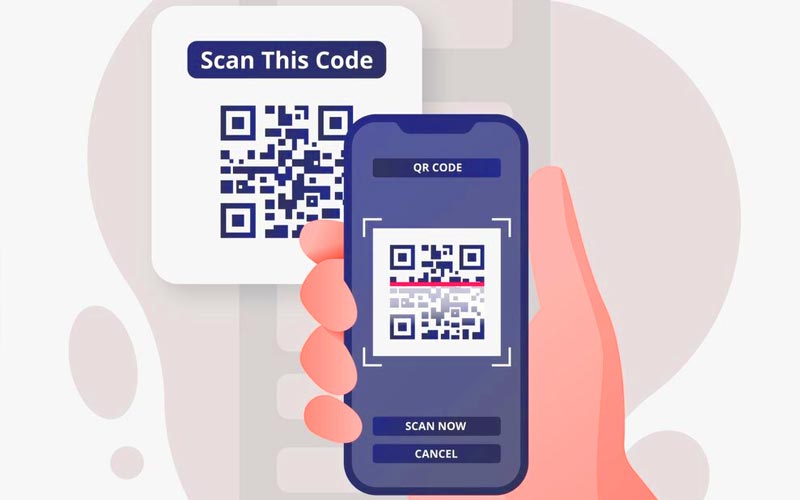
Adding video translation to your videos makes them more accessible to deaf and hard-hearing viewers. It also helps increase engagement, which in turn boosts organic reach.
You can add captions in different languages by transcribing and translating your video content. It expands the keyword variety of your content, enabling it to rank higher across many languages in search engines.
Subtitles
Video subtitles are a great way to reach more audiences by breaking down language barriers. Videos with subtitles have an 80% higher chance of being viewed than ones without. Creating subtitles in multiple languages is an easy and affordable way to translate videos. Whether you’re creating a documentary, film, or marketing content, subtitles can reach viewers worldwide and boost your audience engagement. With video translation software, you can easily add subtitles to your videos in various languages and share them on social media. To get started, you select the original language and the target language. Then, the video translator will automatically translate your captions and add them to your video. You can review and edit the translations to ensure they’re accurate. You can use a tool to upload your video and transcribe it into text. This will make editing your subtitles much easier and checking that they are perfect. Another option is to hire a team of professional translators to subtitle or dub your videos. However, this can be expensive and time-consuming for many video content teams. A video translation platform offers an alternative to this by centralizing your transcription, translation, and captioning into a single tool. You can also edit the machine-translated subtitles with a web editor to ensure they’re aligned and consistent with your video’s timing.
Captions
With the right tools and strategies, you can make your organization’s videos more widely accessible than ever. With video translation, your message can be shared with worldwide audiences who may never hear it. Captions or subtitles at the bottom of your video translate your dialogue and narration into other languages. It is the easiest and most cost-effective way to provide multilingual content to your viewers. The most important thing to remember when using captions is to ensure they accurately reflect your spoken words. Adding too many or too few words can distract from the viewer’s experience and could even be misinterpreted. A good video translator will automatically convert your script into subtitles for you. It saves you time and ensures accuracy. Having your video translated is also a great way to reach a wider audience and improves the overall user experience for people with hearing disabilities and learning disorders. When you use a text-to-speech video translator, you must upload the original script and select the language you want to translate the video. You can choose your preferred voice and dialect and edit the final video to suit your needs. The best part is it’s quick and easy to get your message out to more customers worldwide.
Transcripts
Whether you’re a small business looking to expand your reach on social media or an enterprise looking to boost engagement on a corporate website, video is a valuable marketing tool. But to truly maximize your reach, it’s essential to translate your videos. That is where professional video translation services come in. The first step in the process is transcribing the audio of your original video. It can be done on collaborative platforms or using a free automatic transcription service. Once your transcript is ready, you must edit it for clarity and consistency. Ensure you include keywords and use natural language to resonate with your audience. It’s also helpful to transcribe the video with timestamps, which can help users find specific content and improve SEO. Forget the mantra that content is king; video transcripts are royalty in today’s modern, SEO-driven marketing world. Search engines can read your information more easily when you have a well-transcribed video, which helps them rank it higher in search results. A textual transcript can also improve your video’s usability for users who have hearing impairments or prefer to watch on their smartphones or tablets. Creating subtitles and closed captions can be tricky, especially with languages written from right to left. The best option is to work with a professional video translator who will know how to set up SRT files properly and ensure they fit correctly on the screen.
Localization
Video localization with a professional translator helps ensure your content is accurate and culturally relevant. It also helps you build trust and efficiency in the process, which makes for a more seamless experience. In addition, your translator will become familiar with your brand and audience, enabling them to provide feedback at every stage of the video creation process. It allows you to save time and money in the long run. For companies that want to grow internationally, localization is crucial. Since consumers are more likely to watch films in their local language, it helps them connect with a broader audience and increases engagement. It is also crucial for enhancing search engine optimization (SEO) as it helps rank websites higher in local searches. However, video localization has its challenges. For example, ensuring the content you translate is free of slang and jargon is essential, as these may translate poorly in other languages. Having enough time for the translation process is also essential, as rushing can result in mistakes that could negatively impact your reputation and search rankings.







